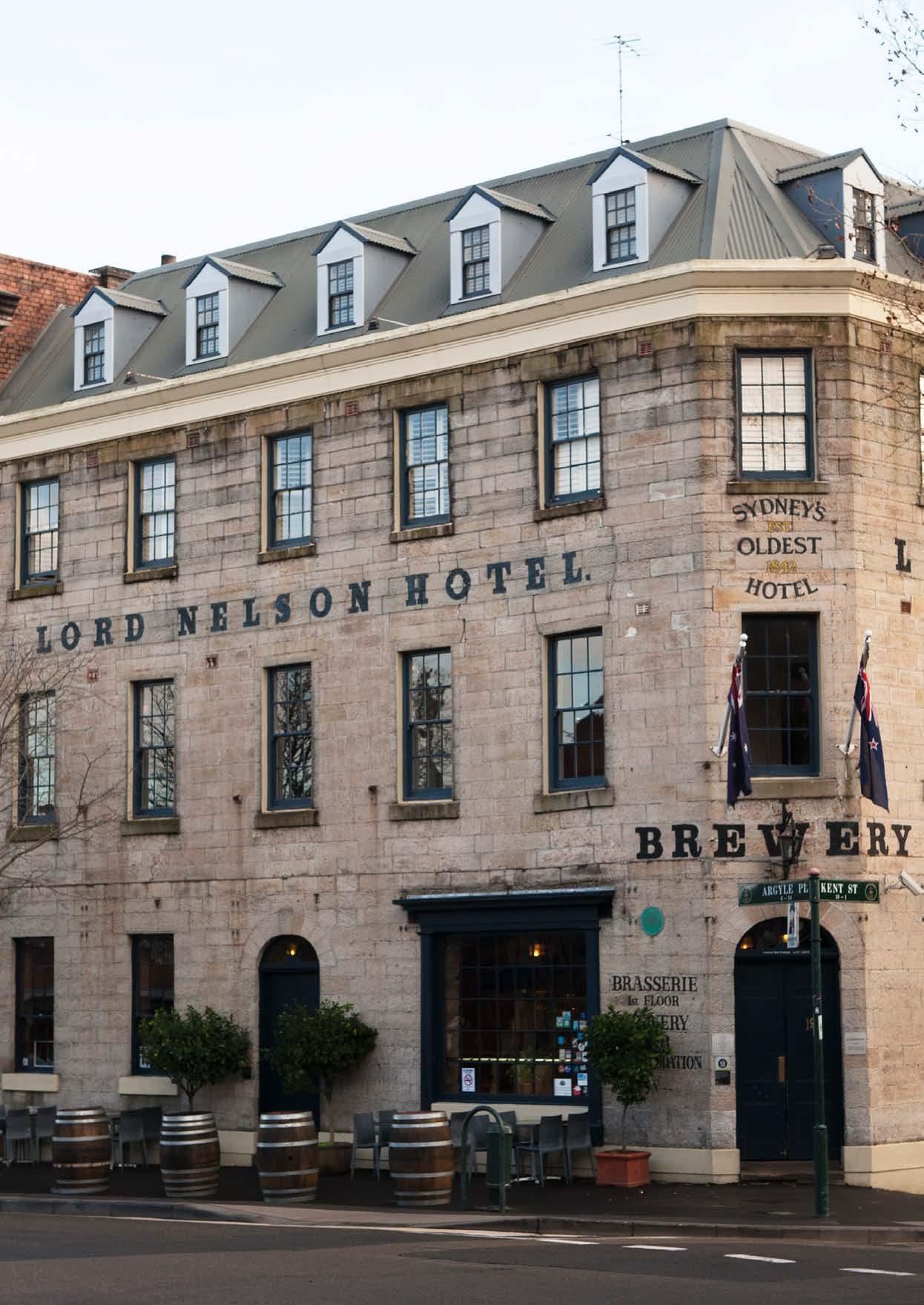The Future of Dave Short caught up with Robbie Robertson, Managing Partner of the Virtual Office at Deloitte, about how the pandemic has accelerated the ways companies will transform how they work in the years to come. Tell us about your role.
Robbie Robertson: I'm a partner in our digital practice within consulting. I specialise in employee and customer experience and around the idea of - how do you bring the digital and physical worlds together? I'm a designer by background and I've spent the last 25 years helping organisations design innovation centers, workplaces of the future, retail stores, training centers, and more. So, think about the Millennium Dome in London - that was one of the first projects I worked on back in the '90s. And also the Guinness Storehouse in Dublin, which is an incredible kind of fusion of corporate training center, headquarter building for Guinness and a multi-sensory tourist attraction. In my virtual office Managing Partner role, I help to really understand - what is the next step in the journey of creating the right experience for all Deloitte staff as we start to embrace flexible ways of working. We had a program that our people team developed 18 months ago called Deloitte Flex, and it was really on the back of a few key things. First, talent attraction. We recognised a lot of our subject matter experts were wanting to not live within a CBD location - so how do we start to ensure that we have the technology and the ways of working, the infrastructure, that if you wanted to live in Wollongong, or Newcastle or wherever, that was okay. You'd still be a successful member of the Deloitte community. We needed to be able to prove to ourselves that this hybrid workplace was going to be successful.
50
1300 746 789
One of the key things was the acceptance at the leadership level of people not being in the office. In the more traditional parts of the organisation, leaders were very used to seeing their team and their colleagues come into the office at nine o'clock every morning. That control structure was being taken away or eroded as people started to choose when they were coming in, and for the length of time they were coming in for. The other thing was people's ability to be able to successfully host meetings that were hybrid. If you have five people in a room and two or three people on a call, the five people in the room start to forget the three people on the call, and don't use very inclusive behavior to bring them in. So people were choosing to get onto a plane and travel extensively to be able to make sure they were in that room. We wanted to get rid of all that. So we created a virtual office hub, an entire team for answering those challenges with training programs around new ways of working. And then COVID hit, but by that point we'd already taken our technology team, our training teams and our leadership on the journey around the role and importance of virtual working. So we pivoted 97% of our team of 10,000 people to working virtually in two days. Wow. That fast? Remarkable.
Didn't skip a beat. We had no VPN issues, we made sure that we'd already worked with Microsoft and Apple, everyone had already shifted onto laptops. That was the biggest issue to come out of COVID - people threw money at IT to make sure that people could take their equipment home, but they didn't actually train them how to use it correctly. So, "Here, have Microsoft Teams. Figure it out for yourself."
shortysliquor.com.au










